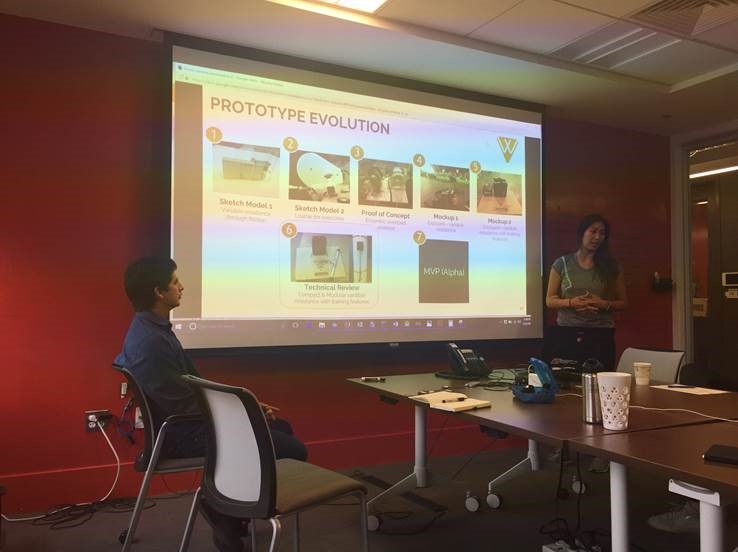
Heading into a new decade is a time for both reflection and predictions. What have we learned about entrepreneurship? And what do we see as trends moving forward?
2019 marked the tenth summer that MIT’s Martin Trust Center has hosted an accelerator and the eighth year of our formal MIT delta v program. I’ve had the pleasure of leading delta v for the past five years, and I’ve seen tremendous growth during that time. The summer-long bootcamp works with entrepreneurs who enter with an idea for their business and progress to product creation and new venture launch. The program is based on the Disciplined Entrepreneurship framework with the philosophy that entrepreneurship can be taught; you don’t have to be born an entrepreneur.
A Decade of Success at MIT’s delta v Accelerator
We’ve studied the path of the companies coming out of delta v; as of January 2018, 101 teams made up of 316 students had taken part, and a full 75% of these startups were either still in business or had been acquired – far above the average for new ventures. These delta v alumni companies employ more than 500 workers across the globe, and 25% of our teams have ten or more employees. According to figures on Crunchbase, as of November 2019, delta v teams have raised more than $215 million from 375+ investments. One-third of the companies raised at least $1M+, and six teams have exceeded $10M+ in funding rounds.
In the words of one of our board members, Max Faingezicht, “delta v is a driving force of the entrepreneurial ecosystem where you mix talent with motivation to go out and change the world.”
So, what changes do we anticipate in the next decade of entrepreneurship? Some of the broader trends we see are ones reflected in delta v.
A Rise in Women Entrepreneurs is Impacting the Economy
It is a fact that women entrepreneurs are driving economic growth. According to an article in Forbes on 10 Stats that Build the Case for Investing in Women-Led Startups, women were the sole or majority owners of an estimated 12.3 million U.S. businesses at the beginning of 2018, and are starting businesses at a rate of more than 1,800 per day. The number of women-owned companies is growing at a faster rate than all businesses and women of color are driving this. In addition, companies founded by women deliver higher revenue – more than 2 times as much per dollar invested – than those founded by men.
Four out of every ten businesses in the U.S. are owned by women, according to The Women’s Business Enterprise National Council (WBENC). These businesses tend to be smaller in terms of revenue and employment. In fact, 88% of women-owned businesses generate less than $100,000 in annual revenue, while 1.7% generated more than $1 million in revenue – although both segments are growing.
At MIT’s delta v we see more women taking leadership roles in the startups. With each cohort, we strive for diverse gender and ethnic backgrounds plus a worldwide perspective, and we proactively aim to neutralize gender bias for entrepreneurs. Diverse teams offer a tremendous benefit in terms of networking and help each other solve challenges, supporting our philosophy that diversity fuels innovation. We’ve also seen that the rate of our successful women-led startups is even higher than the delta v average.
Mentorship Lays the Foundation for Entrepreneurial Success
An article in VentureBeat explains that people with access to a mentor are five times more likely to be interested in starting a business than those without a mentor. Mentorship is linked with business success, and business owners who receive three-plus hours of counseling report higher revenues and employment growth rates. The article also states nearly half of women entrepreneurs say one of the top challenges they face is finding a mentor who can direct them to the resources and organizations that can help them launch their businesses.
At delta v, our Entrepreneurs-in-Residence and board members are built-in mentors for our student teams. Both bring resources and experience to guide the new entrepreneurs on their journey. We also encourage student entrepreneurs to find their voice. This requires mentees to speak up and be active participants in the process. They need to own their narrative, identify what is of value to them, and speak up to find a mentor or sponsor and make that relationship fruitful.
Gen Z’s Vision of Entrepreneurship
Although we work with a lot of Millennials in delta v, it’s interesting to keep an eye on the upcoming generation of entrepreneurs. (Pew Research considers anyone born between 1981 and 1996 a Millennial, and anyone born from 1997 onward is part of Generation Z.)
Gen Z has different priorities and different frames of reference than the entrepreneurs who preceded them. Amazon’s next-day delivery has always been a thing for them. They never went to Blockbuster to rent a movie and social media permeates their lives. As a result, internet-based business models are second nature; “Uberize” is even a verb used to describe a business model. Entrepreneur states that 41% of Gen Z-ers plan to become entrepreneurs.
Interestingly, Millennials are less likely to become entrepreneurs, according to a study from the U.S. Small Business Administration. It revealed that fewer than 4 percent of 30-year-olds are actively engaged in entrepreneurship, compared with 5.4 percent of Generation X-ers and 6.7 percent of Baby Boomers who were entrepreneurs at the same age. Coming of age during a time of recession and burdened with student debt, many Millennials turned to side gigs to make money. I explored the gig economy in my Xconomy article on Necessity vs. Innovation-based Entrepreneurs. Interestingly, necessity entrepreneurship is strongly counter-cyclical – that is, recessions drive necessity-based entrepreneurs to start their businesses.
As each new generation makes its way in the world, it is fascinating to see how they view entrepreneurship and the new types of businesses they create.
What’s Ahead for delta v?
With the data we have gathered on the delta v teams over the past decade, one of our next steps is to develop a more scalable playbook so that we can extend our reach even further. At MIT, we rely on observations, research, and experimentation. Our motto, mens et manus (which translates from Latin to “mind and hand”), is present in everything we do. In entrepreneurship classes and programs, this approach is vital. Our students don’t automatically have a higher success rate; they learn the fundamentals of becoming an entrepreneur hands-on. At the Martin Trust Center, we have integrated the mechanics of new venture creation in curriculum, programming, community support, and we have validated them on a world stage.
As the collective knowledge of entrepreneurship improves, we continue to move forward to meet the needs of the entire entrepreneur. However, like any discovery, it takes several experiments and iterations to fully understand aspects of the problem you are trying to solve. We realize that mental fortitude and self-awareness are crucial to moving forward and are implementing some exciting new programming in this area.
As we prepare to lead entrepreneurs into the next decade, there are some “big rocks” to address. We need to prepare students for financial discussions and mental stamina for the funding process. We need to focus on establishing a culture and nurturing it, supported by our team. A business reflects the character of the founding and growing team, so the journey starts with an individual and builds to a long-term game.
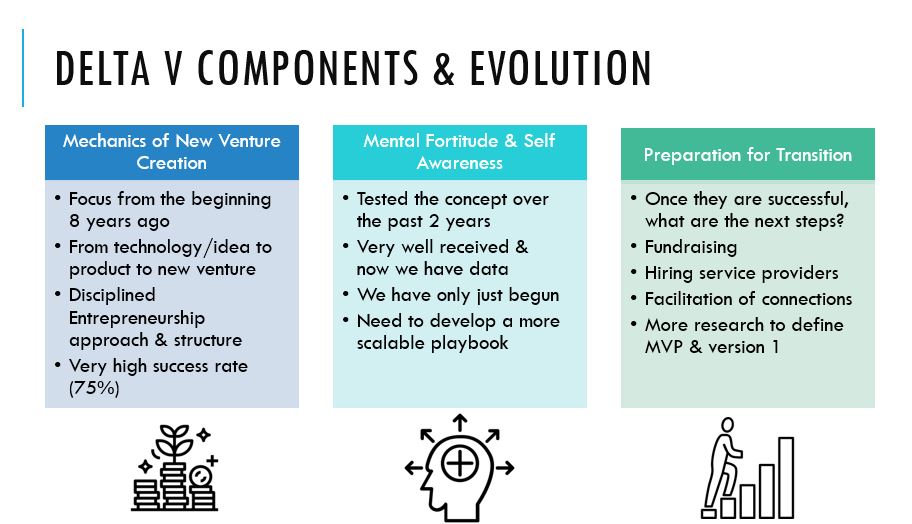

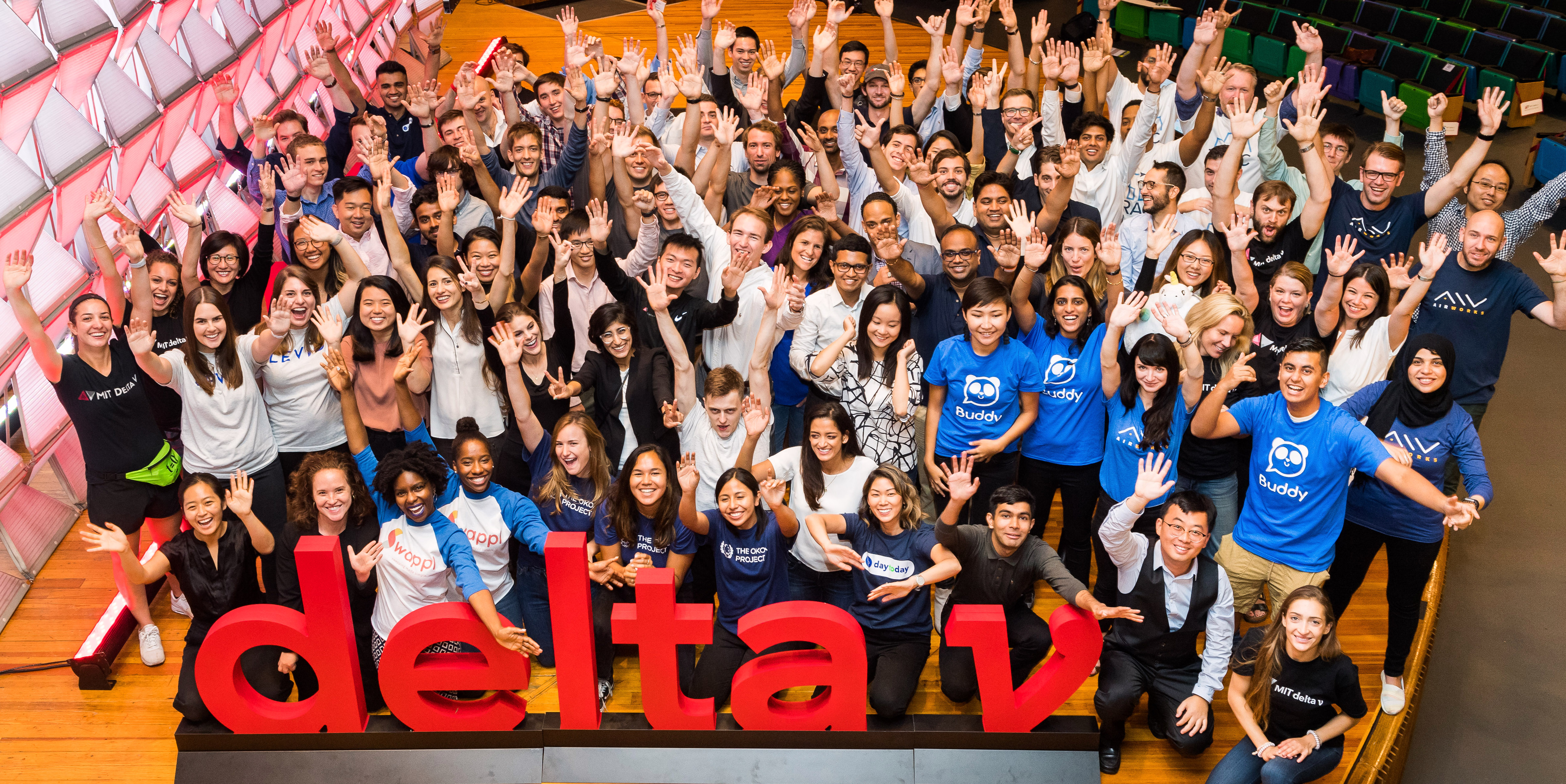 Another
Another  I heard a statistic the other day that 70% of people admit to feeling like an impostor at some point in their lives.* I work with students at MIT – one of the most prestigious universities in the world – and although it attracts the best and the brightest, college students at institutions like this are even more prone to suffering from insecurity.
I heard a statistic the other day that 70% of people admit to feeling like an impostor at some point in their lives.* I work with students at MIT – one of the most prestigious universities in the world – and although it attracts the best and the brightest, college students at institutions like this are even more prone to suffering from insecurity.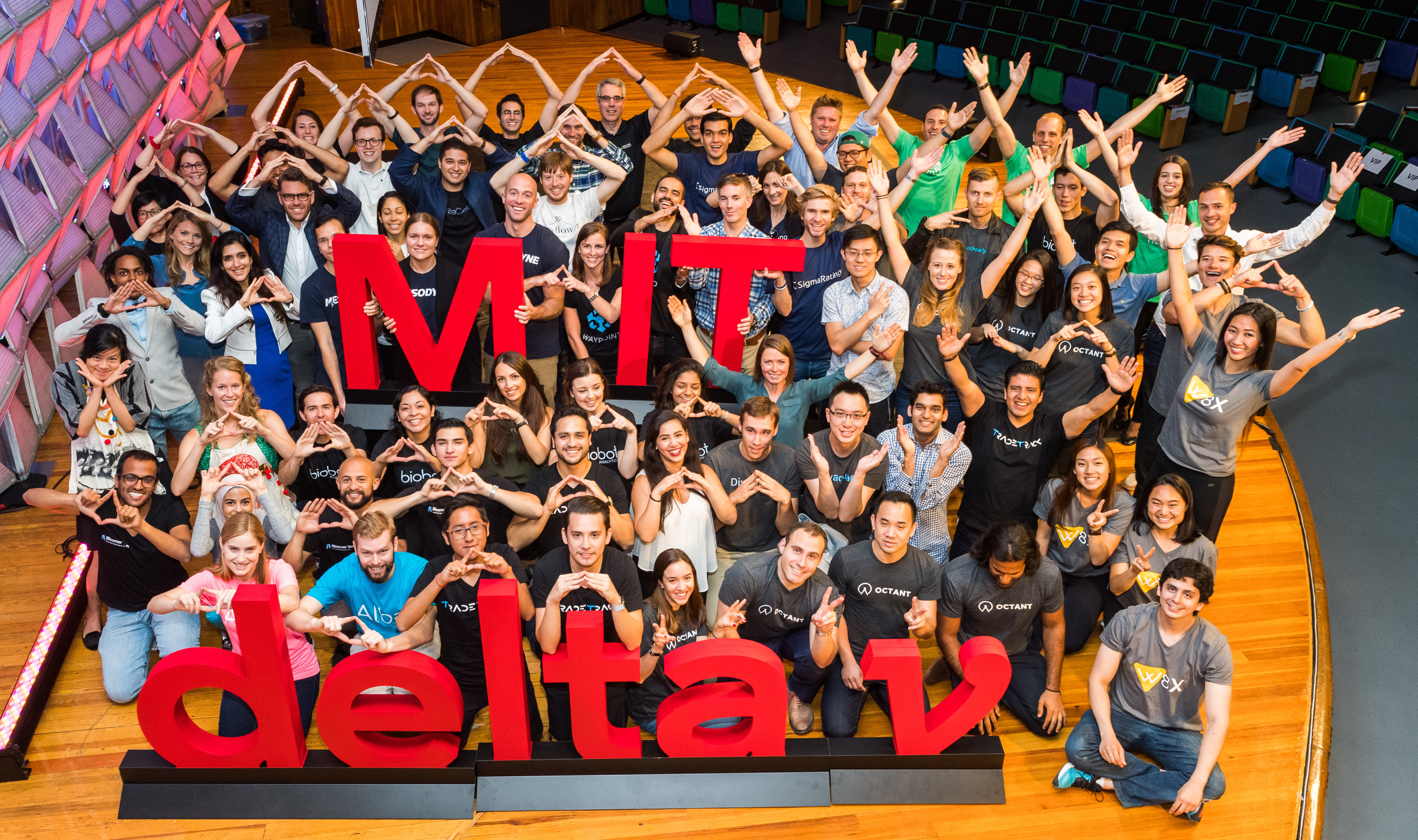 On June 12, we’ll open the doors to this summer’s
On June 12, we’ll open the doors to this summer’s  Call it the problem of the middle—the middle states and the middle class—two groups that have struggled with problems that, while they are inexorably linked, are different all the same.
Call it the problem of the middle—the middle states and the middle class—two groups that have struggled with problems that, while they are inexorably linked, are different all the same.
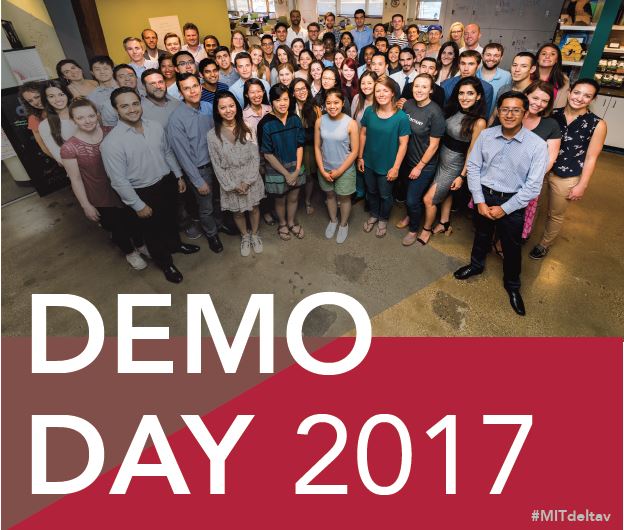 Are you ready to be inspired? MIT’s student venture accelerator,
Are you ready to be inspired? MIT’s student venture accelerator, 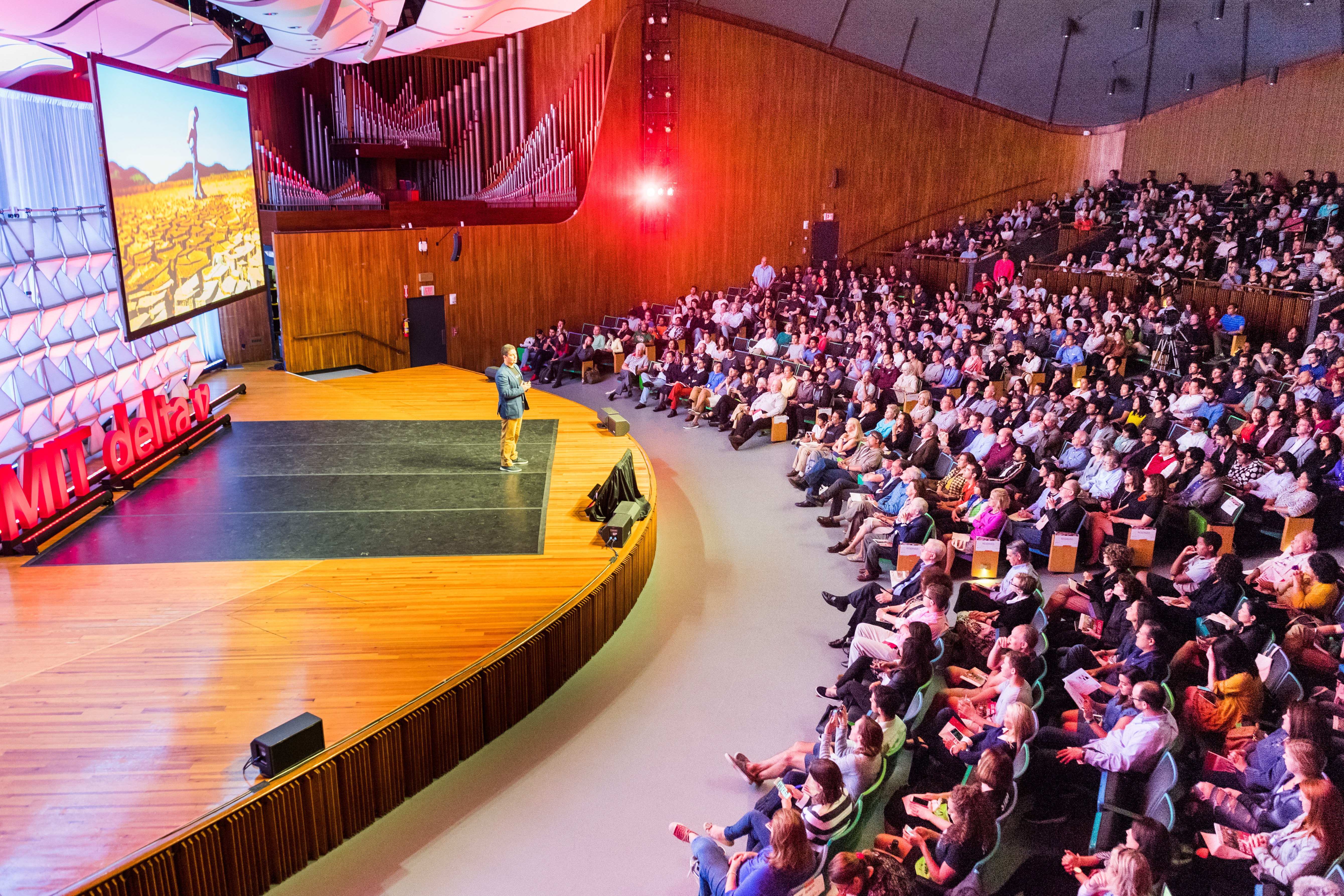 Here’s a brief overview of each startup that presented at Demo Day (in alphabetical order). Remember them. It’s likely you’ll be able to point back and say, “I saw them when they were just a startup at MIT…”
Here’s a brief overview of each startup that presented at Demo Day (in alphabetical order). Remember them. It’s likely you’ll be able to point back and say, “I saw them when they were just a startup at MIT…”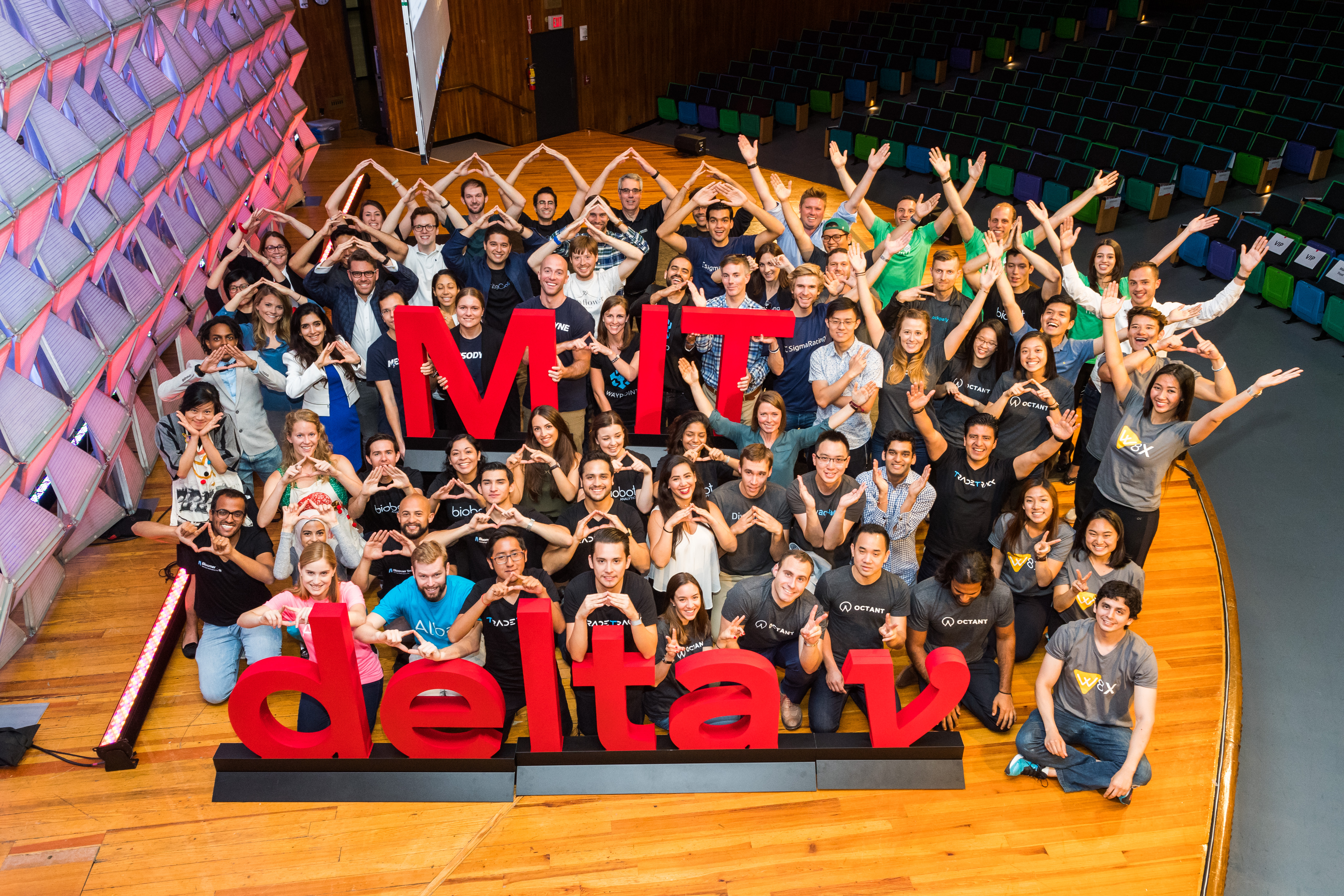
 Gender bias is sneaky. It’s often subtle, yet pervasive – and the effects are far reaching.
Gender bias is sneaky. It’s often subtle, yet pervasive – and the effects are far reaching.

 “As an engineer, I started asking questions about how things work. I wondered ‘Who is going to fix these big problems in the world?’ Then, it dawned on me … I can help fix these problems.”
“As an engineer, I started asking questions about how things work. I wondered ‘Who is going to fix these big problems in the world?’ Then, it dawned on me … I can help fix these problems.”